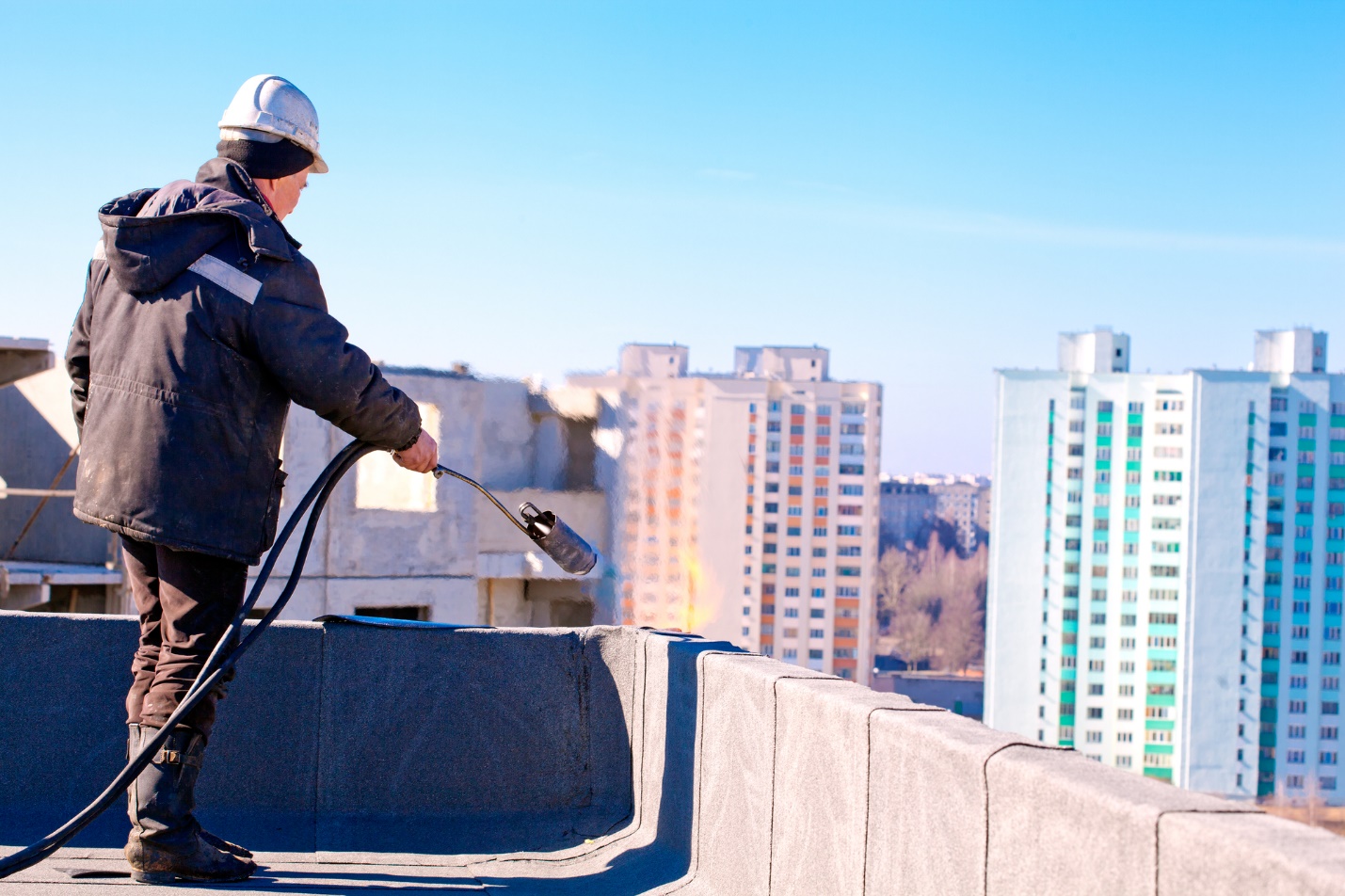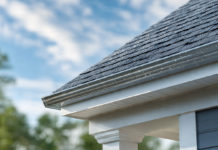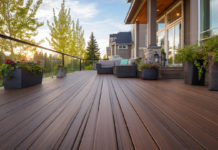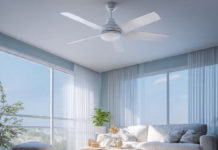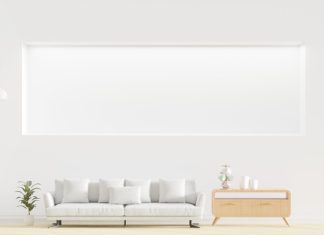There are various types of materials when it comes to roofs, but which ones are right for your home? With so many options out there, you need to know about the pros, cons, and aesthetic appeal that will make your property’s exterior more beautiful.
Choose the materials carefully and make sure that they are going to last long. Their maintenance should also be kept to a minimum, and most importantly, you need to make sure that they can withstand the hammering from strong rains and winds. They should also be properly insulated so the interior will not be too hot during the summer season. Below are some of the popular materials that are being used.
Asphalt Shingles
Homes in many countries often use them because they are cheap and easy to install. Some are made of overlapping and individual elements, and they can help make the home cooler and resist the ultraviolet rays of the sun. Find out about the installation or repairs through Titan Roofing and see which one is right for you. They form tight seals that will prevent the rain from penetrating the underlayment, and there are various styles and colors to choose from. Overall, they are versatile when it comes to home designs.
People choose them because they have a decent lifespan of up to 30 years even if they are cost-effective choices. Depending on the design and brand, most of the asphalt roofing systems are easy to install, which can lower labor costs. However, they may not be the most durable option, especially in extreme weather conditions. They can be prone to damage from high winds and are not as environmentally friendly as some other materials.
Metal
Sheets of corrugated galvanized steel have gained popularity in recent years due to their durability, energy efficiency, and modern appearance. Aside from steel, there are other materials used as well, including aluminum, copper, and zinc, and they come in several forms, such as panels, shingles, and tiles. These types are known for their longevity, often lasting 40 to 70 years or more with proper maintenance.
Various benefits can be gleaned, and they can include reduced cooling costs by up to 50%. They are also highly resistant to severe weather conditions, including wind, hail, and heavy snow.
Also, the materials are often made from recycled content and are fully recyclable at the end of their life, making them a sustainable choice. See more about metal durability on this webpage.
Slate
Renowned for its natural beauty and exceptional durability, and made from natural stone, slate tiles offer a timeless and elegant appearance that can enhance the aesthetic appeal of any home. This type can last over a century, making it one of the most durable options available.
Longevity is one of its key benefits, and it has excellent resistance to fire, mold, and mildew, and can withstand severe weather conditions, including heavy snow and high winds. Also, slate is an environmentally friendly material since it is all-natural and can be reused or recycled.
However, this is also one of the most expensive options, both in terms of material and installation costs. The heavyweight of tiles requires a robust roofing structure, which may necessitate additional reinforcement for some homes.
Clay Tiles
Clay tiles are made from natural clay that is molded and baked, while concrete tiles are made from a mixture of sand, cement, and water. Both types of tiles are available in a variety of colors and styles.
One of the main advantages of tile roofing is its durability. Clay and concrete tiles can last 50 to 100 years or more with proper maintenance. They are also highly resistant to fire, insects, and rot. Find info about clay at this link: https://theconstructor.org/building/clay-roof-tiles-types-properties-advantages/563363/.
Also, these are effective at reflecting heat, which can help keep homes cooler in hot climates. However, like slate, tile roofing is heavy and may require additional structural support. It is also more expensive than some other materials and can be prone to cracking under heavy impact.
Wood Shakes and Shingles
They offer a natural and rustic appearance that can enhance the charm of any home. Typically made from cedar, redwood, or pine, wood roofing materials provide good insulation and can last 40 to 50 years with proper care.
Their aesthetic appeal of them is one of their main advantages. They blend well with natural surroundings and can add a distinctive character to a home. Wood is also a renewable resource, making it a more environmentally friendly option compared to some synthetic materials. However, wood roofing requires regular maintenance to prevent issues such as mold, rot, and insect damage. It is also less fire-resistant than other materials unless treated with a fire retardant.
Flat Roof Materials
Built-up roofing is a traditional flat roofing material made from layers of asphalt, tar, and felt, topped with a layer of gravel. It is durable and provides good waterproofing, but it can be heavy and difficult to install. Modified bitumen roofing, which consists of asphalt with added modifiers for flexibility, is easier to install and repair.
Single-ply membranes, including EPDM rubber, TPO, and PVC, are lightweight, durable, and resistant to UV radiation and chemicals. They are relatively easy to install and provide excellent waterproofing properties.

